Stroom Invest interviews / curator Fadwa Naamna
Fadwa Naamna (°1985) grew up in Haifa city (North-West Palestine). She currently lives and works as a freelance curator in Amsterdam. Naamna is very aware of the environment surrounding her. She is sensitive to boundaries and looks for cooperation and dialogue.
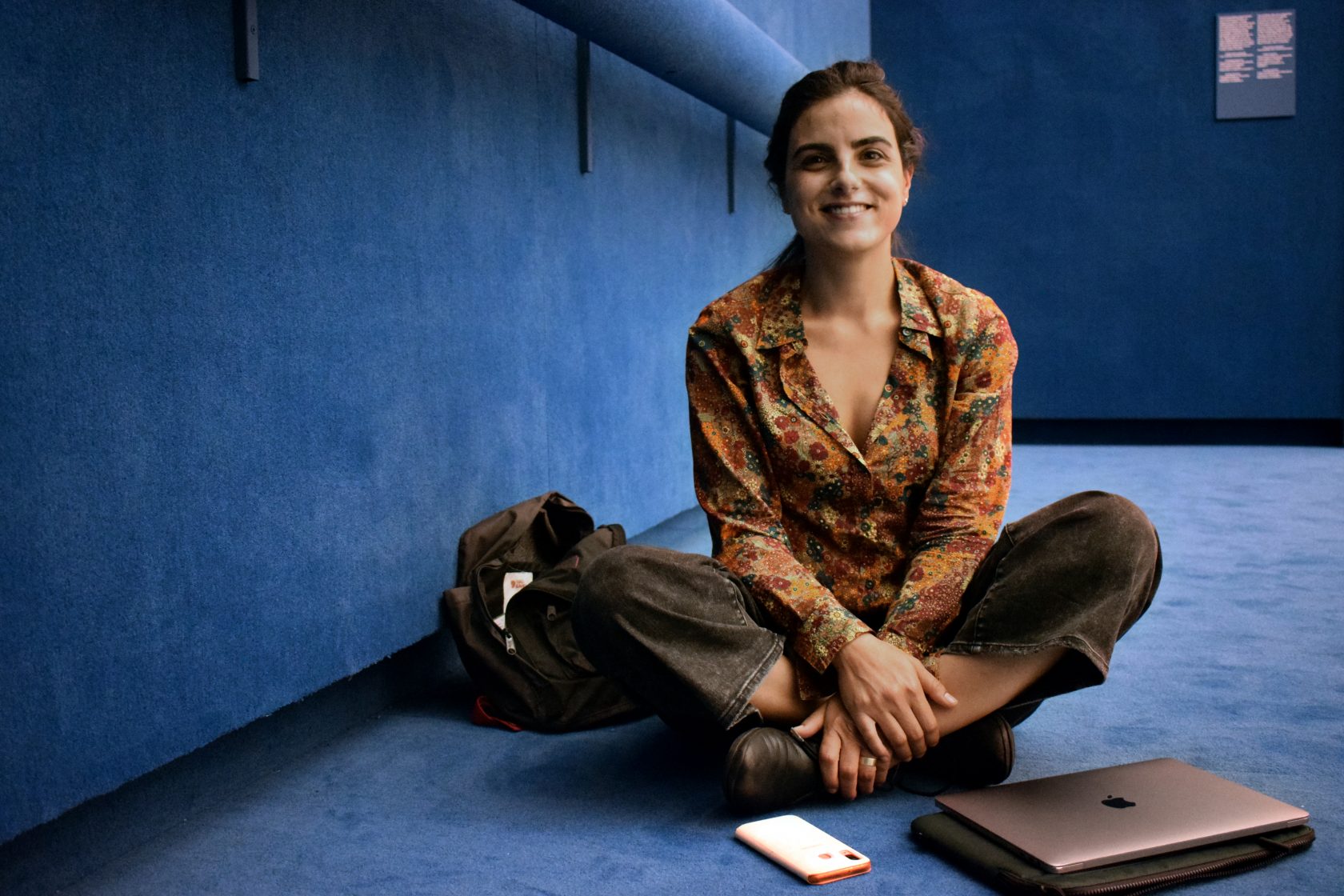
Indra Devriendt: What is your relationship with your country of birth?
Fadwa Naamna: “I was born in a village in Northern Palestine, more specifically inside the green line. It’s a territory area under Israeli control, which means I have an Israeli passport and I speak Arabic and Hebrew. I studied at the University of Haifa, and I’m acquainted with both the Palestinian and Israeli art scenes. Four years ago, I came here for the Appel Curatorial Program. I worked as a Curatorial Research Fellow for de Appel in 2018, and then I decided to stay in Amsterdam. I try to maintain contact and relationships with the art scene in Palestine by doing small projects there. Besides teaching as a guest tutor or giving workshops, my practice in Palestine is focused on time-based formats and less on exhibitions. Time-based formats and public programming allow a space to meet people, to engage in conversations with the audience and to exchange knowledge and opinions. Slowly and gradually, my practice has become more invested here (in the Netherlands and/or in Western Europe), and I’m more engaged within the Dutch art scene nowadays. Nonetheless, moving between these different geographies is a significant and inspiring trigger that I take with me when curating or taking part in art and cultural projects.”
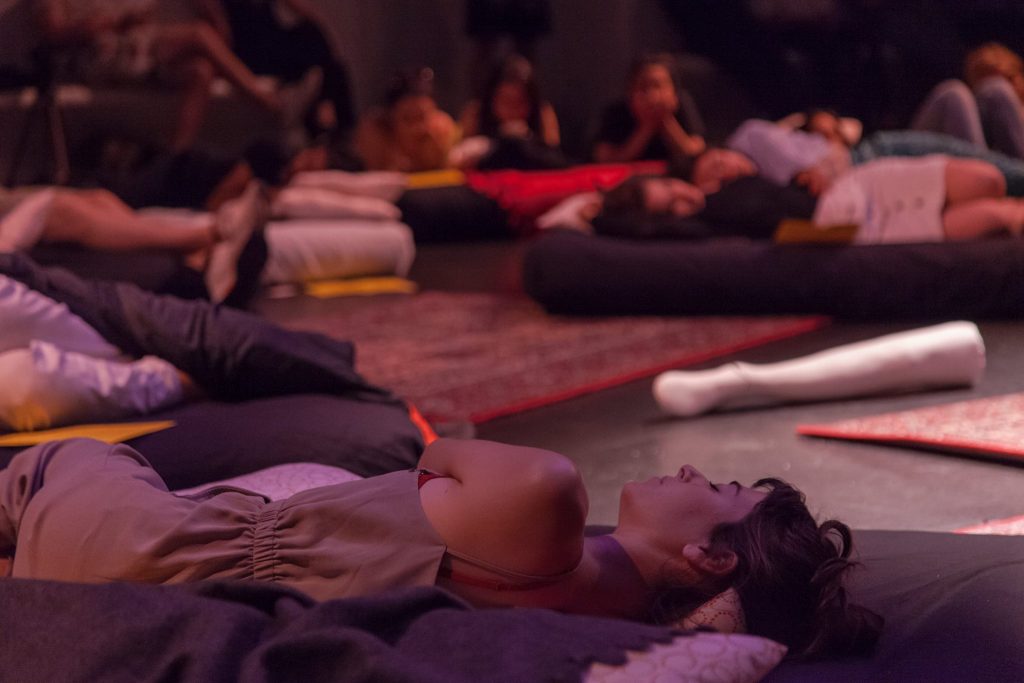
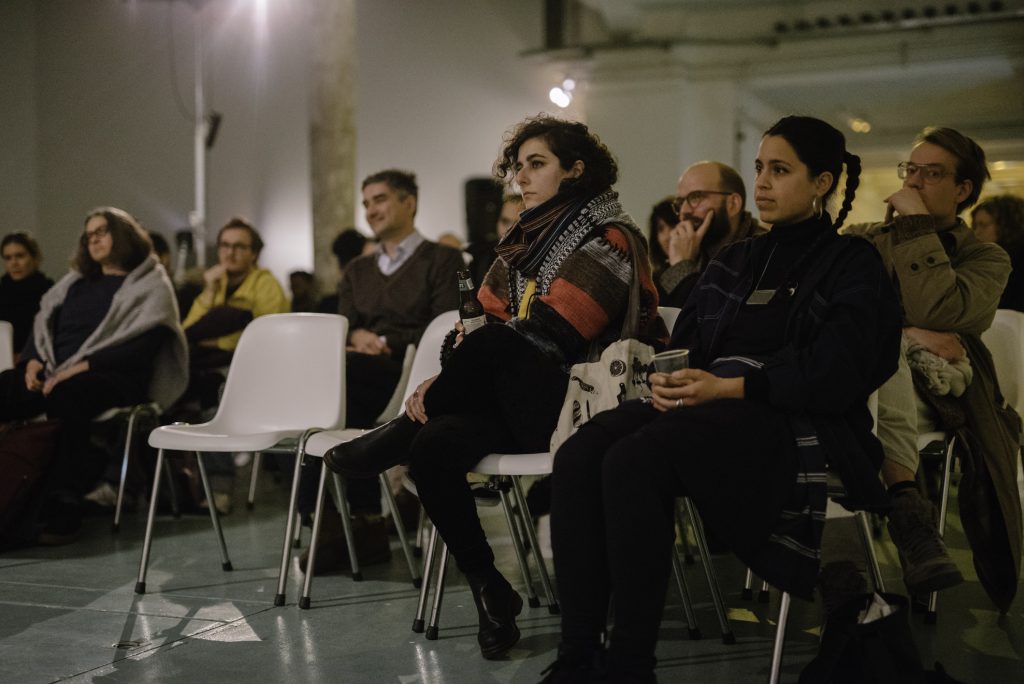
You have a background in arts and geography. Why did you become a curator?
“That’s a good question. I love art and geography and think they connect and intertwine because if we consider art as a ‘reflection’ of society, then geography is too. When I was about to finish my studies, I was invited to be assistant curator at Beit Hagefen Arab Jewish Cultural Center in Haifa, which is a cultural center existing since 1963. It has several departments, including a theatre, an art gallery, a debate or dialogue center and the only Arabic library in Haifa amongst others. All those departments focus together on initiating a dialogue between different communities and cultural minorities which constitute the social fabric in Haifa and beyond. When I finished art school, I presented a work as an artist only one time, and then I started developing more interest in curating. The cultural infrastructure in Palestine is complicated financially, socially and politically, and it lacks opportunities and spaces. There are not many Palestinian curators there and therefore artistic practices very often engage organising. Most art exhibitions and projects are organised by artists themselves. This, naturally, results not only in artistic multidisciplinary, but it also makes it challenging to develop and sustain an artistic career. In Haifa for example, alongside the Israeli art institutions, there has been a Palestinian underground art scene developing, which consists of temporary ‘semi-autonomous’ spaces, initiatives and collectives. They are constantly engaged in exploring alternative means of financial self-sufficiency and independence from institutional funding, especially Israeli and governmental funding resources. There is a lack in cultural funding in Palestine and the Israeli funding is politicised and problematic. I realised I had two options: either to be more engaged in organising or be curated by Israeli curators in Israeli institutions. I wanted to take the initiative myself, since I was at school, my passion was to organise things. That’s why I wanted to delve further into curatorial studies, so I signed up for the Appel program and came to Amsterdam.”

Since the 1990s, the role and visibility of a curator have increased significantly. Universities and art institutions offer curatorial programs and ensure professionalisation. In the western world a curator is involved in almost every exhibition. What is the importance of a curator?
“That’s true, I agree. In the Western world there is more tendency for specialisations, not only for curators, also for the cultural scene in general. For instance, a distinction is made between music, theater, contemporary art and other art genres. Each scene has its own audience. The same division applies to curators and artists. I notice this in Amsterdam, but it’s also common in other European cities. This differentiation is simultaneously challenging and intriguing to me. I try to explore those boundaries. How can I break them? Or in other words, how can I ‘play’ with them? For example, in the next two years I’m going to be engaged in programming in W139, which is an artist run space in Amsterdam. I’m going to do this together with Margarita Osipian and Sam Samiee, both active as artists and curators. One of the points I’m personally interested to explore in conversation with my colleagues is how we can challenge the existing boundaries between the curator, the artist and the institution. I consider the curator and the artist to be equal, they complement each other in every aspect. In some way you can look at a curator as a conceptual artist. It’s someone who needs to think creatively. Artists and curators need to be in constant conversations together, with the institution and with the audience as well. By exploring the boundary between curators and artists, we question the prevalent division to which art-practitioners are used here. I look forward to discussing this challenge together with Sam and Margarita.”
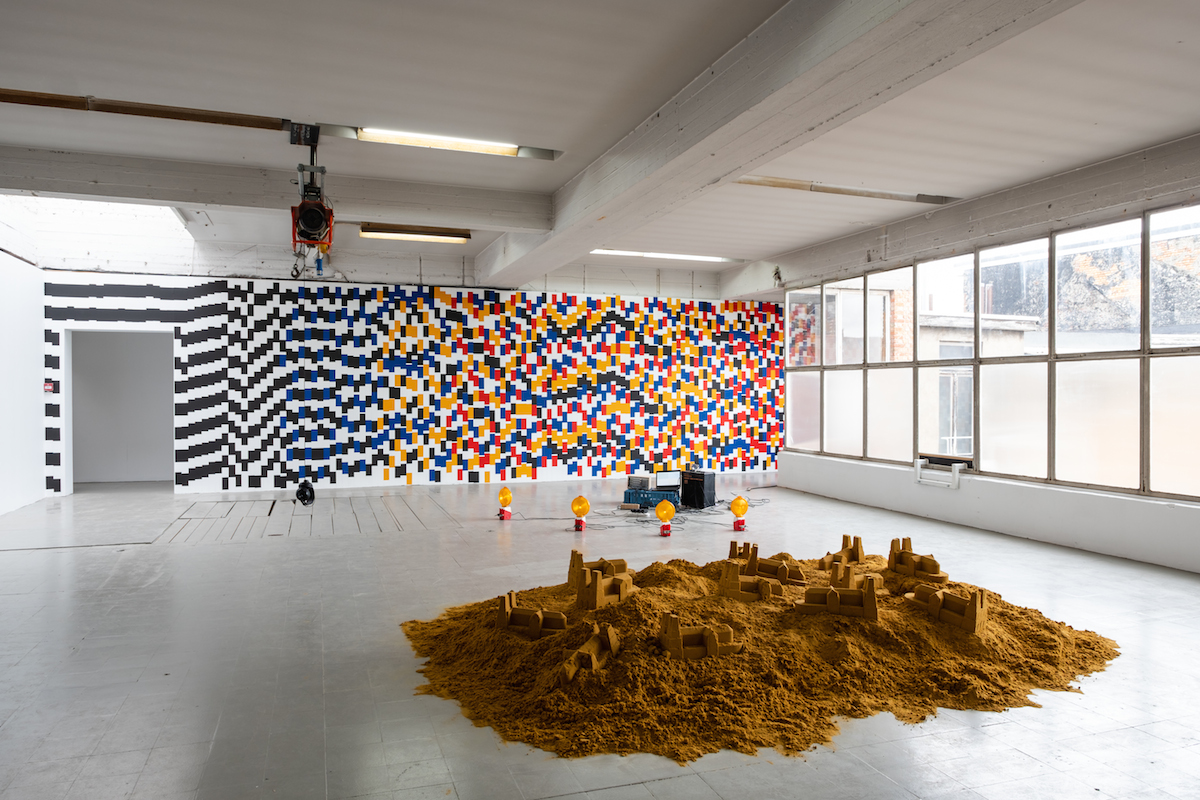
There is a tendency to start as a curator from an academic approach or a philosophical framework. There is a danger that the curator will impose a vision that fits within his or her discourse, to which the artists must conform. How do you feel about that?
“Indeed, this is one of the reasons why I actually became a curator. I have never curated solo shows, only group shows and specially in the constellation of group shows what you said becomes even more of a challenge. When I worked as an assistant curator together with other curators, I noticed that some of them might have the tendency to impose their curatorial visions on some works, while I think the work should always be open to versatile interpretations. When collaborating with artists or other art-practitioners, I try to facilitate the conversation according to the artist’s flow instead of imposing my own personal vision. During studio visits, I take time to understand not only the work, but also the makers, their visions and personal environments. I try to be very careful with imposing my own vision, especially in group exhibitions. I hope I’m not doing it. I constantly think on how art projects and display can be a space of interpretations. The way I envision it is to create a space where different visions and attitudes come together and where there is an opportunity for discourse that embraces moments of both agreement and disagreement. Otherwise, when an art project brings a one-sided vision, it offers no horizons for a conversation.”
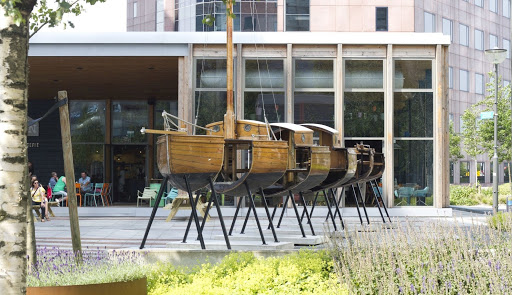
You're working as a co-curator for the Stedelijk Museum Amsterdam. The exhibition ‘Gemeentelijke kunstaankopen’ opened last week. Why should we visit it?
“The exhibition brings to the fore various stories and knowledges that are less present and less visible within the public debates and knowledge organisations such as schools, academies, public archives and museums. These stories are a tiny sample from the surrounding reality, they all relate to present or passing histories from the Netherlands and beyond. The works engage with various cultural, historical, or socio-political themes and questions, which are all relevant to society and public knowledge by and large. In addition, the participating artists and designers come from different background, but they all live and work in the Netherlands.
Stories, as Hannah Arendt explained in her book ‘The Human Condition’ (1958), even if they depart from personal contexts, they always correspond in different ways to the collective spheres. Hence for me, the best moments in this exhibition, are the personal and intimate ones, when spectators personally relate to specific (hi)stories, or when they find personal simulations with a specific work.”
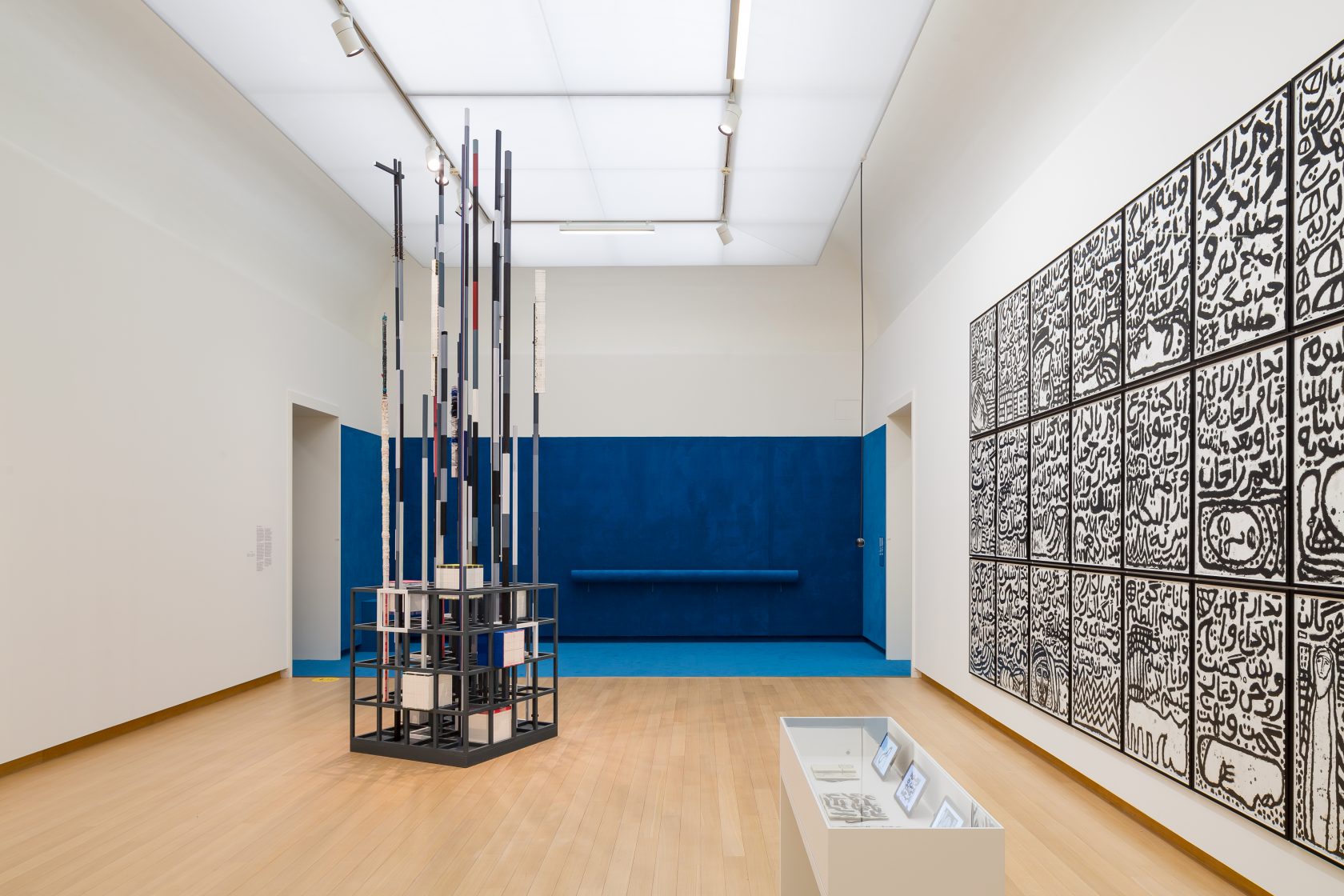
Why do you think art is important?
“For me, being active in art gives me the space to push boundaries and talk about things that you can’t talk about in other sectors. In the art scene you can be more outspoken because it’s art. Art is a small word in every language but still you can correspond with and simulate everything. My practice is concerned with questions on politics and society, and the art field allows exploring such multi-layered intersections, it allows alternative readings of the surrounding reality. This is important to me and I also enjoy doing it.”
What kind of art affects you the most?
“Thematically, I’m very motivated and inspired by art projects that corresponds with politics and society. Art that brings critical outlooks on the surrounding. I like all kind of art mediums, however, I have a special place in my heart for time-based formats. I mean time-based media but also a public programming. A place where you can see and meet people, so that you can reach them and create an opportunity for communication.”
What do you expect from the Invest Week?
“I’m looking forward to meeting artists. Especially in times of Covid-19 it’s a good possibility to see and to meet people in a safe setting. I love studio visits and talking to artists about their work.”
Stroom Invest Week is an annual 4-day program for artists who were granted the PRO Invest subsidy. This subsidy supports young artists based in The Hague to develop their artistic practice so that artists and graduates of the art academy can continue to live and work in The Hague. To give the artists extra incentive, Stroom organises this week consisting of an evening of public talks, studio visits, presentations and several informal meetings. The intent is to broaden the visibility of artists from The Hague through future exhibitions, presentations and exchange programs. Stroom Invest Week 2020 will take place from 21 to 25 of September.